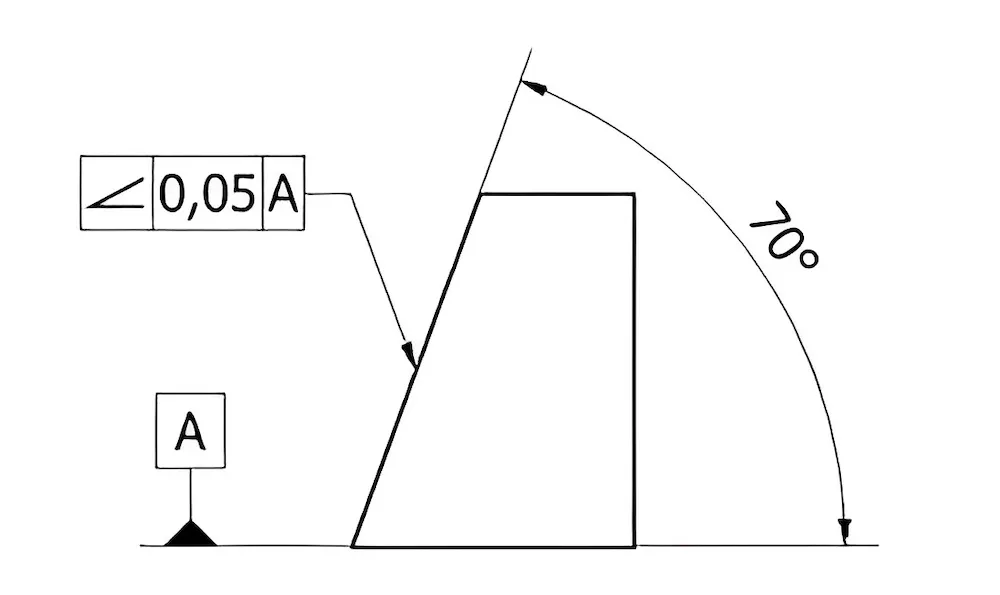Introduction: The Complexity of Angle Tolerance in Optical Manufacturing
Navigating the complexities of maintaining accurate angle tolerance during the optical component manufacturing process presents a multifaceted challenge. These challenges encapsulate a broad spectrum of factors, from equipment precision limitations to the intricacies of material behavior and environmental influences. Below is a distilled overview of the primary hurdles encountered in this endeavor and potential strategies for mitigation.

Manufacturing Equipment Limitations
The inherent precision constraints of machinery used for cutting, grinding, and polishing can introduce discrepancies in achieving the exact angles required, emphasizing the need for continuous advancements in manufacturing technology.
Measurement Challenges
Accurately quantifying small angular deviations poses a significant challenge, demanding the use of sophisticated measurement tools like autocollimators. Yet, the measurement process itself is not immune to errors, highlighting the importance of refining these techniques.
Material Behavior Variability
Diverse optical materials may exhibit differential responses to manufacturing processes, necessitating a deep understanding of material science to anticipate and adjust for such variabilities.
Thermal and Environmental Influences
Complex optical designs with multiple angled surfaces inherently face a higher risk of cumulative angle tolerance errors, pushing the boundaries of design and manufacturing collaboration.
Design Complexity and Precision
Temperature fluctuations and environmental disturbances, such as vibrations and air currents, can subtly alter component dimensions, impacting angle precision. This underscores the necessity of controlled manufacturing environments.
Economic Constraints
The pursuit of tighter angle tolerances can inflate manufacturing costs, compelling a delicate balance between precision and budgetary limitations.
Operator Expertise
The skill and experience levels of operators significantly influence the attainment of desired angle tolerances, spotlighting the critical role of human factors in the manufacturing process.
Assembly and Mounting Accuracy
Errors introduced during component mounting or assembly can exacerbate angular discrepancies, necessitating meticulous assembly protocols.
Surface Quality Interrelation
Maintaining precise angles while ensuring optimal surface quality and flatness exemplifies the interconnected challenges in optical manufacturing, requiring holistic quality control measures.
Error Compensation Techniques
Employing effective compensation strategies for known manufacturing errors without inviting additional complications presents a complex optimization problem.
Conclusion: Navigating the Challenges with Advanced Strategies
To navigate these challenges, manufacturers are increasingly leveraging cutting-edge production techniques, highly accurate measurement tools, and robust statistical process control methods. Embracing desensitized design approaches that tolerate minor angular variations and implementing comprehensive quality assurance processes throughout the manufacturing journey are pivotal in achieving the requisite angle tolerances while mitigating associated challenges.
FAQs
What are the main challenges in maintaining angle tolerance during manufacturing?
Challenges include equipment limitations, measurement difficulties, material behavior variations, thermal and environmental influences, design complexity, economic constraints, operator expertise, assembly accuracy, and interrelated surface quality issues.
How can manufacturers mitigate the challenges of angle tolerance?
Manufacturers can leverage advanced production techniques, accurate measurement tools, robust statistical process control, desensitized design approaches, and comprehensive quality assurance processes.
Why is operator expertise crucial in achieving angle tolerances?
The skill and experience of operators play a significant role in achieving desired angle tolerances, as human factors greatly influence the precision of the manufacturing process.

